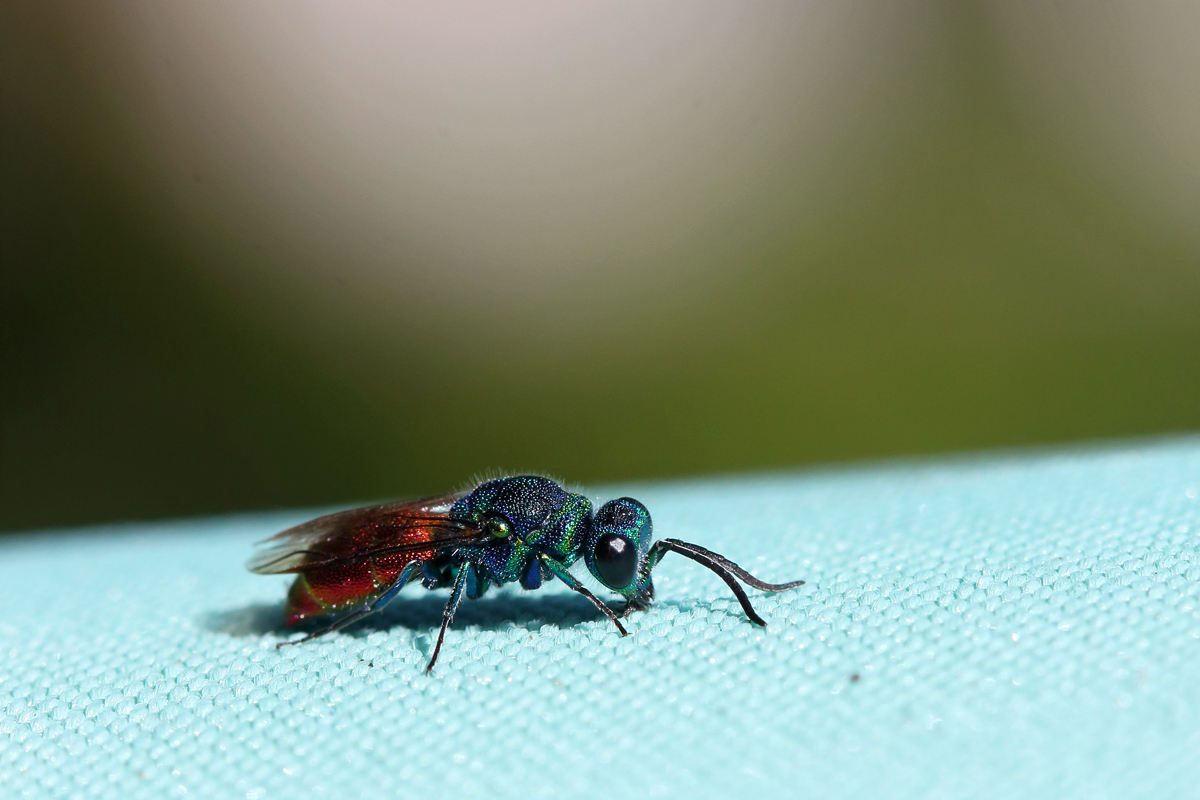Sunday was warm with a light NE breeze off a high pressure over
Scotland. This weather pattern can often be good for a movement of
shearwaters, so John and myself were stationed on Cullernose Point from
6.15am. Visibility was good with a light cloud reducing sun glare, but birds
were slow in coming. Dave Dack had a Great Shearwater pass him at Newbiggin,
25 miles south of us, earlier. Still, we gave it a couple of hours seeing 1
distant Balearic Shearwater, 34 Manx Shearwater, 4 Bonxie, 1 Arctic Skua, 49
Common Scoter, 1 Little Gull, 1 Little Tern and a Shoveler attached to a
scoter flock. The Great Shear was not seen on any other points north.
It seemed that waders were on the move with quite large groups of
Oystercatchers passing S a good distance offshore and over 220 Golden Plovers
over the point held a single Knot.
What to do next? We decided to head along to Boulmer for morning tea and to
look at the options.
We could walk south from the car park and look for passerines around Seaton
Point. That was soon dismissed as there had not been an grounding rain over
night, so we took the opposite approach and headed out to Longhoughton Steel to
check the waders as the tide was still well in. We didn't make it as far as
that last week due to photographing waders in front of the Fishing Boat
Inn.
We didn't know what a good choice that was at this time,although we were aware that Daniel
Langston had been out seawatching from here earlier.
On the way along the beach, on the couple of hundred yards walk north, we
discussed what could be here. White rumped Sand maybe? There are no Boulmer records but surely its over due. The last thing you want
to see is the actual white rump as that means it is flying away. We can check
the Golden Plovers for a 'Lesser'. I had checked a close group of 500 on Holy
Island on Friday evening and we said how easy it should be to pick one of the
Lessers out at this time of year as the adults retain breeding plumage longer than ours. They are one of those birds that when you see it,
you'll know.
By now we rounded the corner and there were a few waders close in on the weed.
12 Dunlin, 2 Ringed Plover and a Whimbrel further out. Nice but no white
rumped...
Onwards around the corner and I lifted my bins to scan. I saw this -
'Oofya! Look at this!' was the involuntary response. John casually scanned, by
now my voice was raising a bit, 'there, over the the left end' 'WTF!'
There, feeding with a few Redhanks, Bar tailed Godwits, Dunlin and
Oystercatchers was this full summer 'Golden' Plover. Surely not, after the
discussion we had been having 10 minutes previously.
I said, 'John, tell me that's not just a bright Northern'. No, it was clearly
one of those 'when you see it you will know' Lessers, but we didn't know!
Which one was it? It was quite settled and showed no fear of us but the
Redshanks can lift waders into flight so care was needed. Just then a man with a labrador came
down the cliff. Oh no way, if he was going to flush these I was going in for a
photo. As it happened the dog was quite controlled and just walked along behind us.
I tried to call out and message Daniel with the news but there is no signal
whatsoever on my phone. We took a breath and looked at it rationally. This
bird was not Eurasian Golden Plover for sure. All of our birds have nowhere
near that amount of black on them now. It also had lanky -thin, long legs
especially above the knee, so that's one species eliminated. American? No long
primary projection but it was very black right the way under the tail.
Pacific? It has too much black below the vent surely? So what is it? After a
few minutes consideration we realised the bird was indeed a Pacific Golden
Plover. The long tertials cloaked the primaries it has some barring and
vermiculations along the flanks too that were at odds with dominica. A
photo sent to Daniel confirmed it with the reply comment from him 'Get that put
out'.
The bird was showing very well so after stalking it for some id shots we
retreated back up to the track on the cliff where the bird was left feeding
undisturbed and the news was put out with the obligatory back of the camera
shots. It once flew away out to the rocks but soon ran back to its favoured
spot. It showed the diagnostic very dusky underwing and axilliaries as it glided in. Much
darker than I thought. I have seen 2 other Pacific and 2 American but have
never seen this often quoted feature. It was darker than I imagined it would be.
The plover continued to feed here and a short way north on Longhoughton Steel
for the rest of the day, attracting a steady procession of admirers.
We later heard that a chap had taken photos of this bird on Saturday but he
didn't know what it was and didn't share his picks or release the news until
after we did today, so he definitely slipped up there!
This has been a great year locally and with autumn just beginning what else could be instore for us....
















































